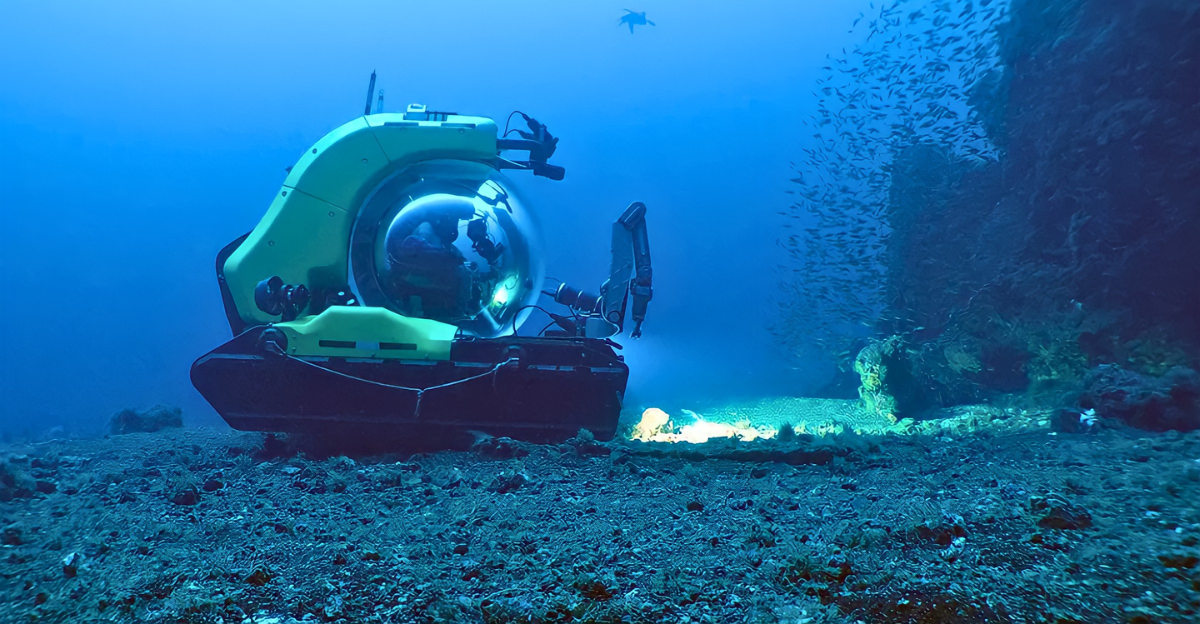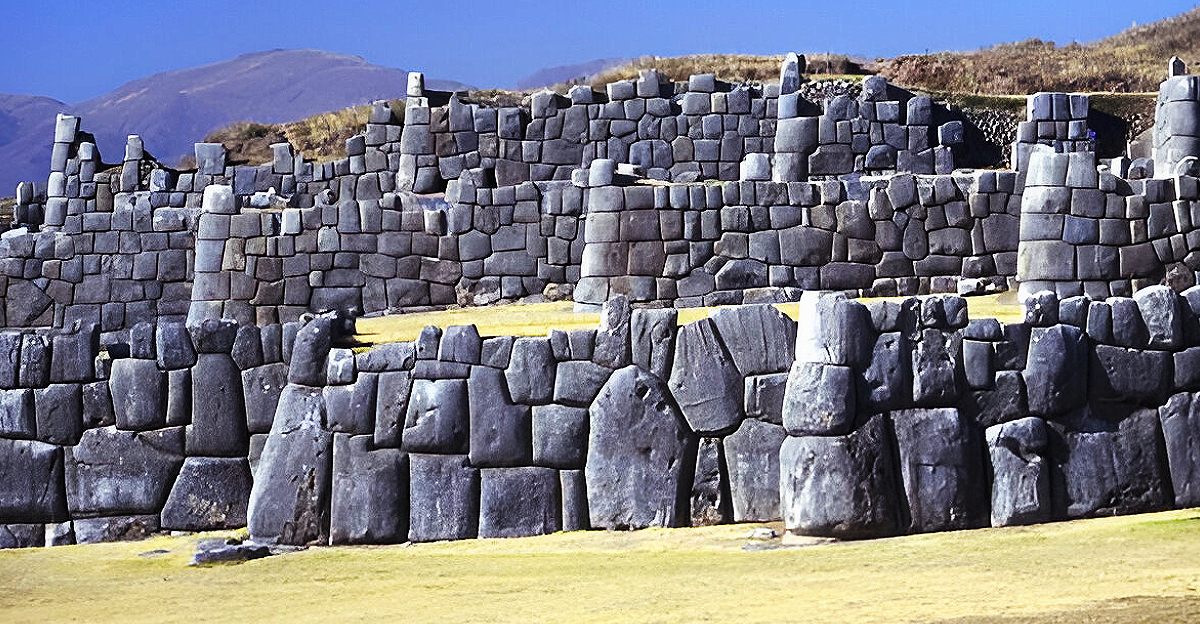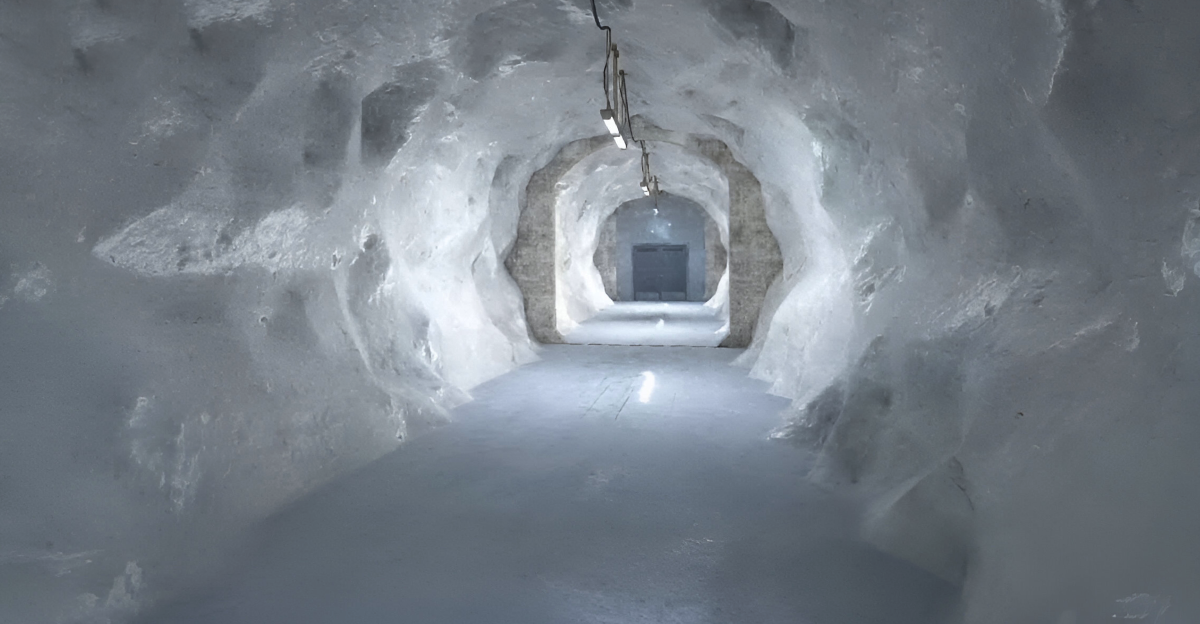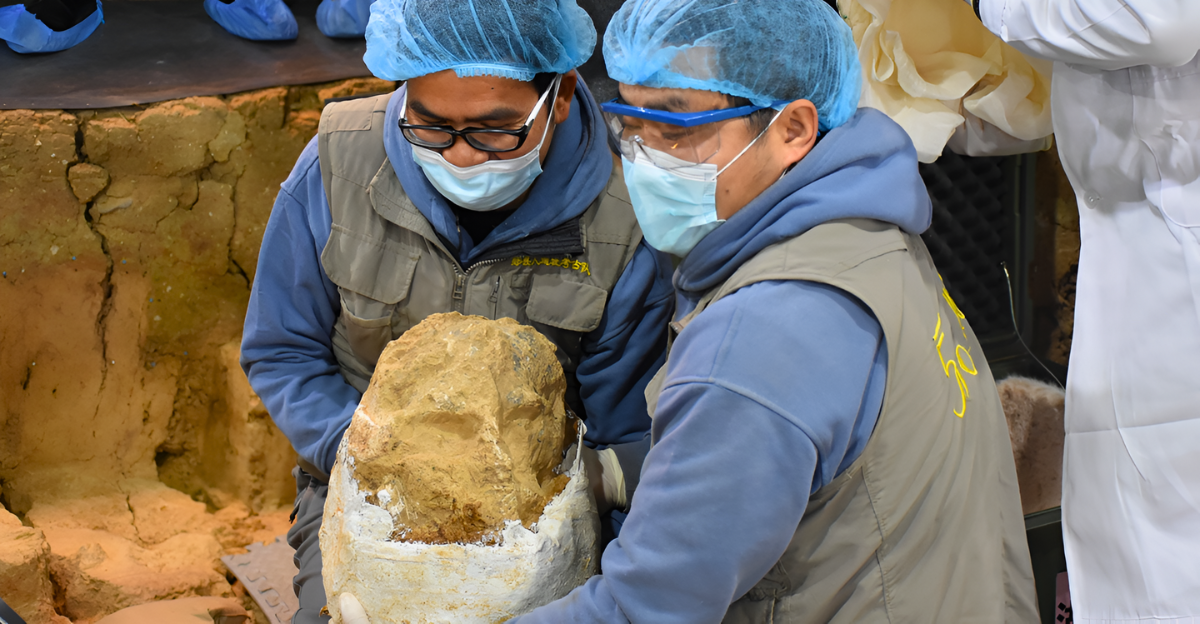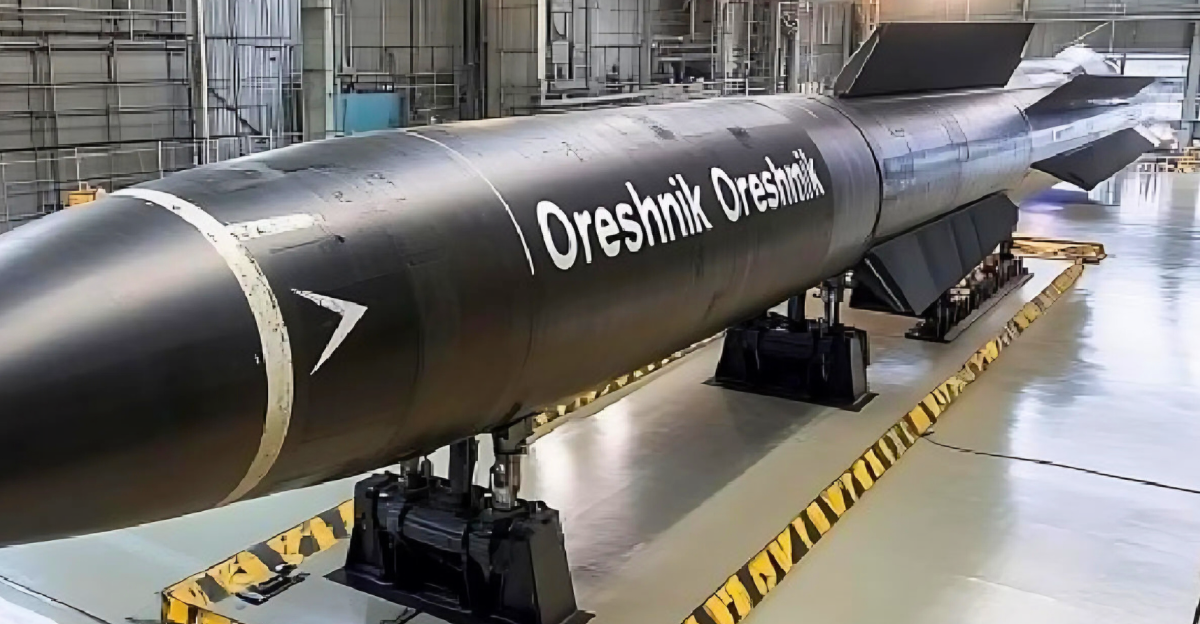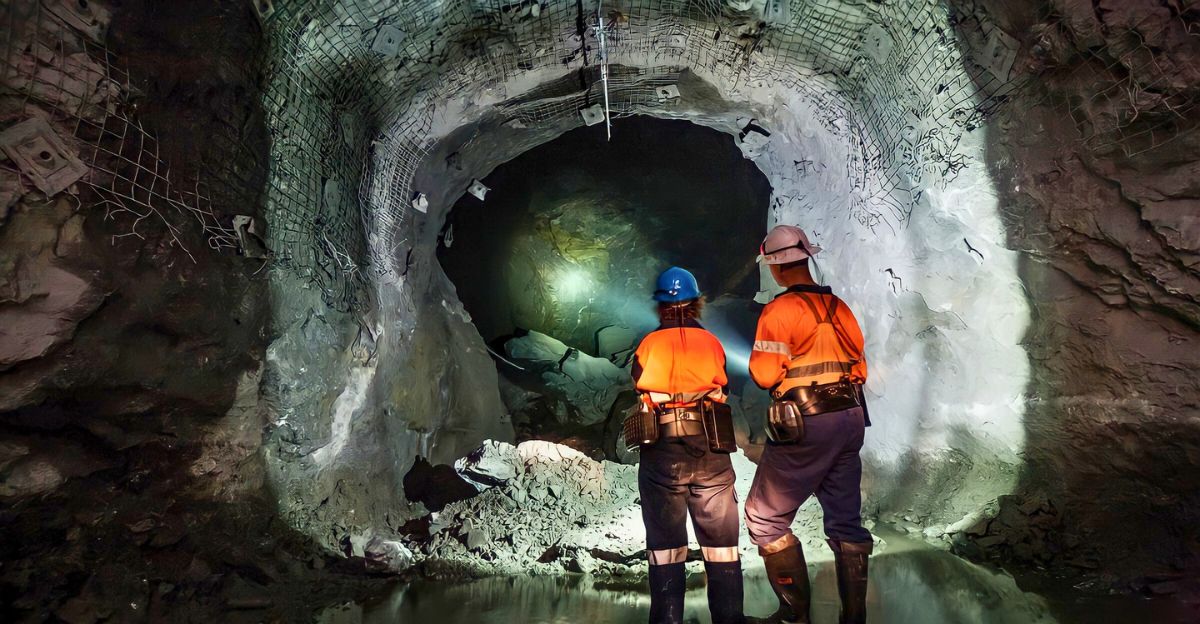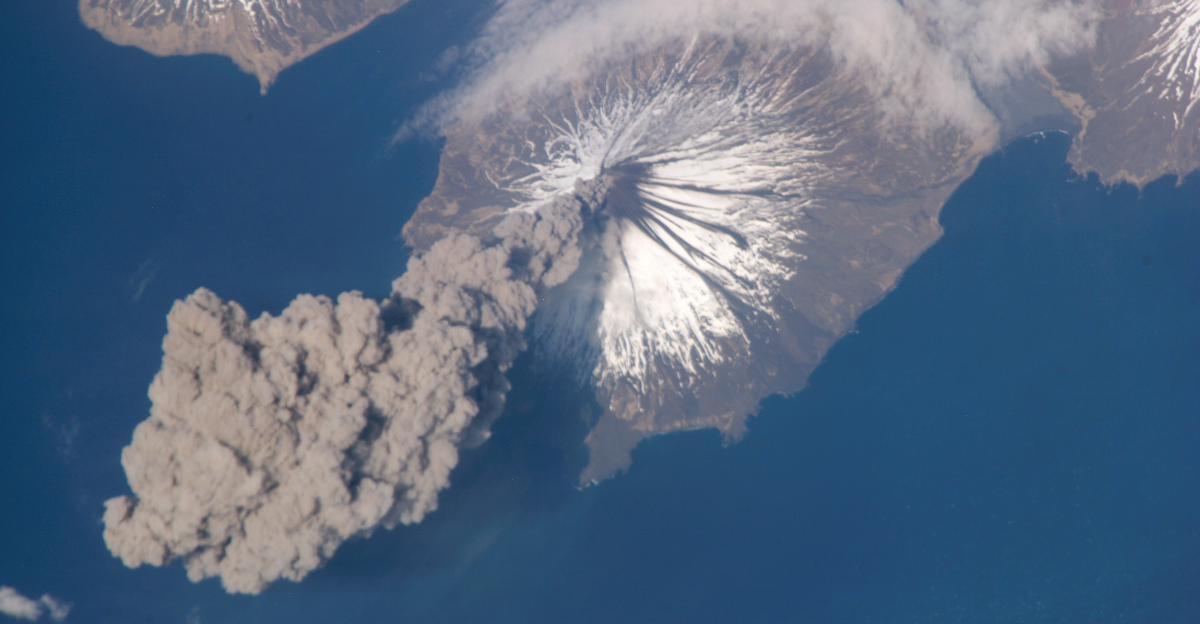
More than 160 active volcanoes can be found in the United States of America, with most of them dotting the West Coast, Alaska, and Hawaii. There are new iconic volcanoes like Kilauea, but many remain overshadowed by their popular counterparts despite showcasing amazing natural beauty and immense eruptions.
Scientists work around the clock, monitoring these behemoths with unparalleled power to learn more about them and in order to be able to tell when they might erupt next.
Monitoring Volcanoes
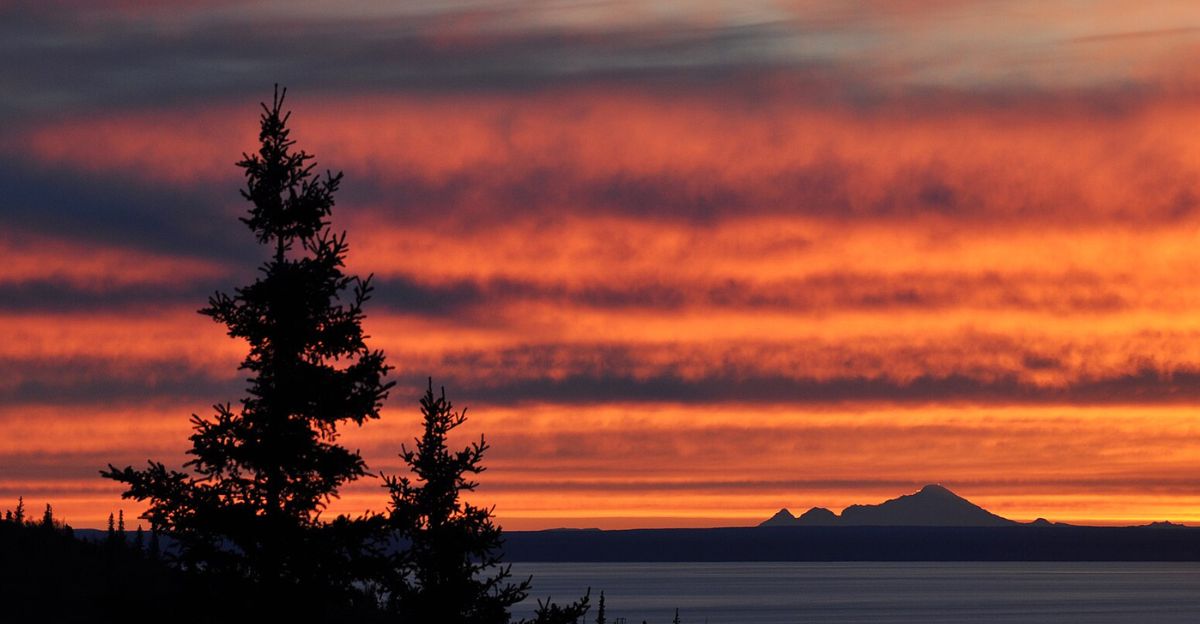
Modern monitoring methods for volcanoes use a combination of different cutting edge technologies including satellites, seismic sensors, and infrasound.
NASA and USGS monitor any changes in the ground close to volcanoes as well as gas emissions, and rapid temperature changes. These models can help to predict whether or not an eruption is imminent, leading to evacuation plans and air traffic cancellations or delays.
Volcanic Threats
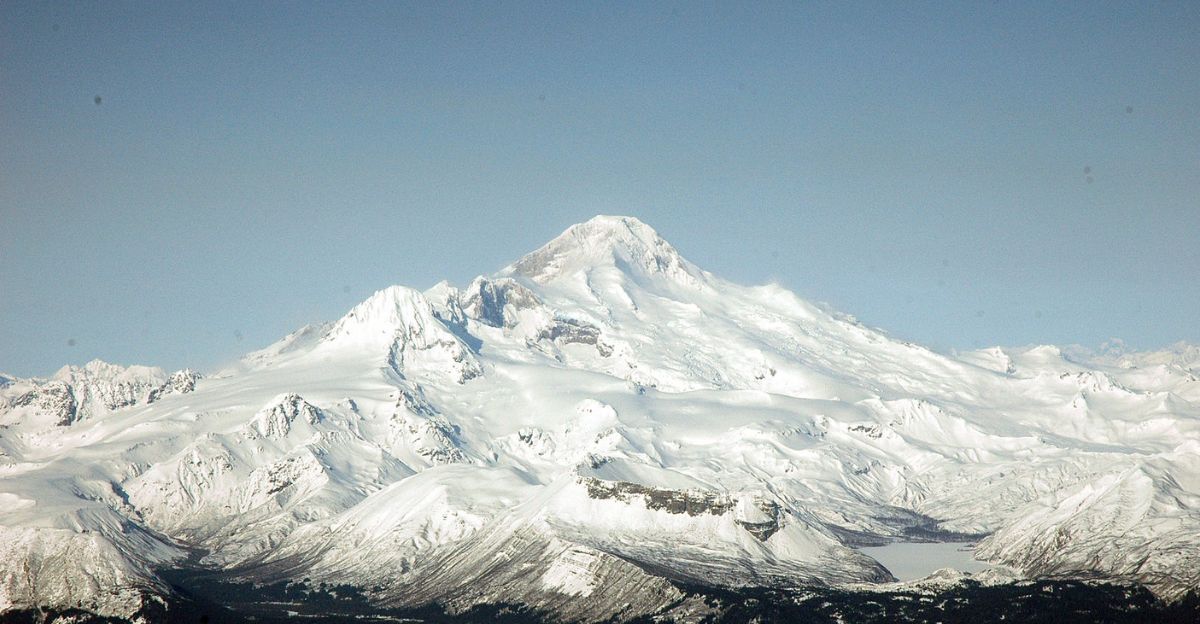
The U.S. Geological Survey ranks volcanoes according to their threat levels. In order to do this, they pinpoint 24 different risk factors, including the volcano’s track record, closeness to human settlement, and potential to disrupt air travel.
Using this system, 18 volcanoes are currently ranked as a “very high” threat. This has led to increased monitoring efforts at these volcanoes, but there’s one underrated volcano that more people should be looking at.
Iliamna
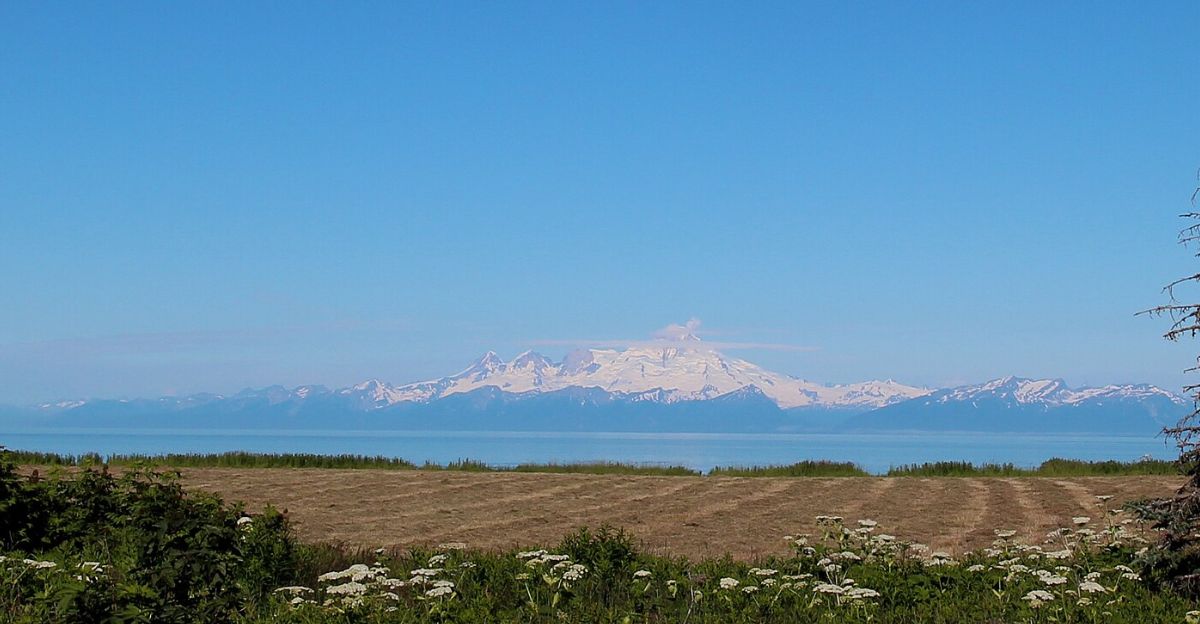
Iliamna is located in southwest Alaska and is often overshadowed by bigger, more disruptive volcanoes. However, while many don’t even know about the volcano, it has the potential to do devastating damage.
The volcano itself stands at more than 10,000 feet tall and, despite being dormant, still lets out steam and seismic activity. Seismic spikes that occurred recently are usually linked more to avalanches than eruptions, but the potential is still always there.
Avalanche Hazards
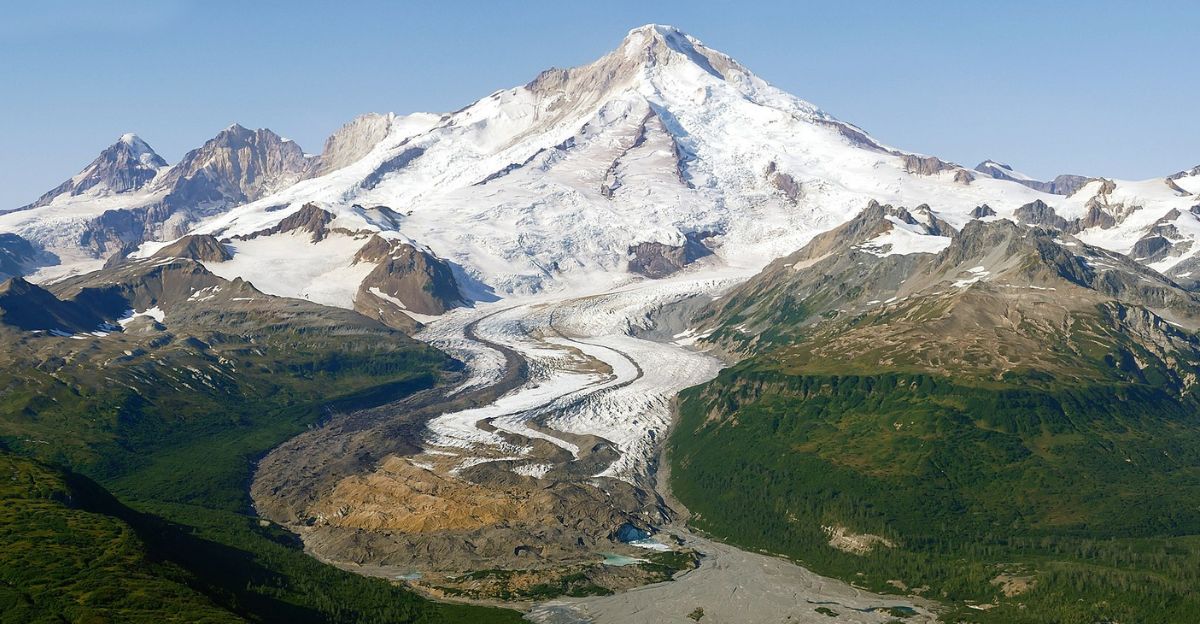
While most volcanoes present the risk of earthquakes and gas emissions when they aren’t erupting, Iliamna presents a unique hazard to the surrounding environment, with hydrothermal activity altering the surrounding ice and rock, which can result in deadly avalanches.
The avalanches usually originate on the volcano’s own summit and cascade down for several miles before settling at the bottom. Seasonal snowmelt only exacerbates this risk.
The History Of The Volcano
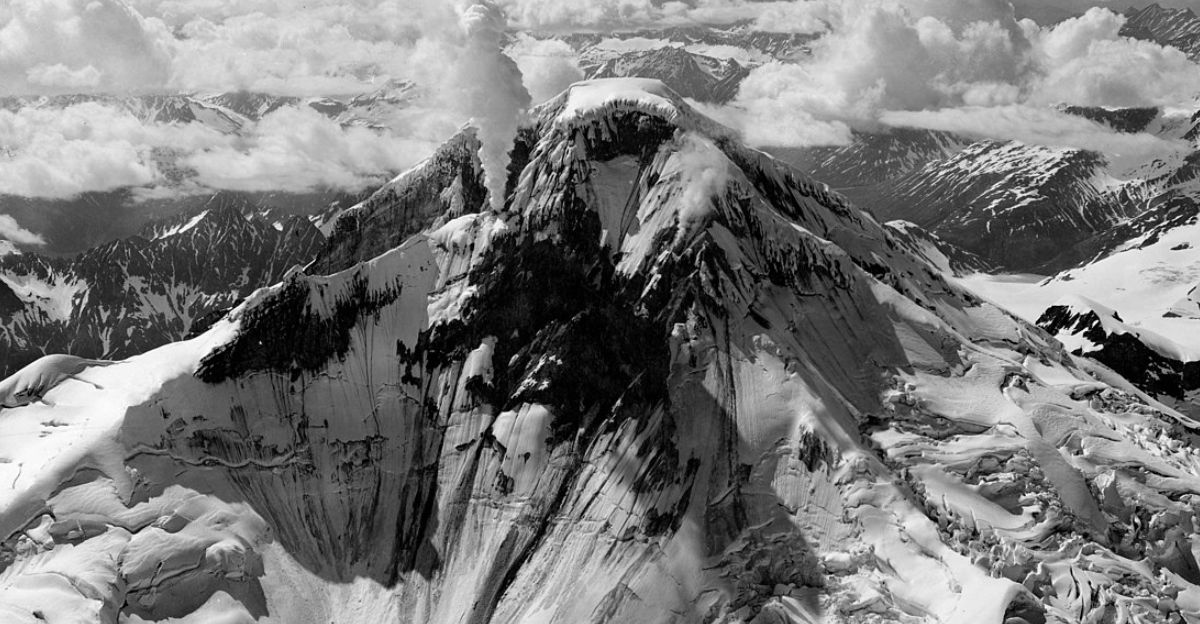
Most of the attention that Iliamna gets in the modern day is due to its avalanches rather than the potential for eruptions. The volcano itself has laid dormant anywhere from 140 to 300 years ago, with some accounts stating its last eruption was as close as 1876.
While eruptions are exceedingly rare, the potential is still there, and its history shows how much of a hazard one would be for air travel and surrounding communities.
Proximity To Humans
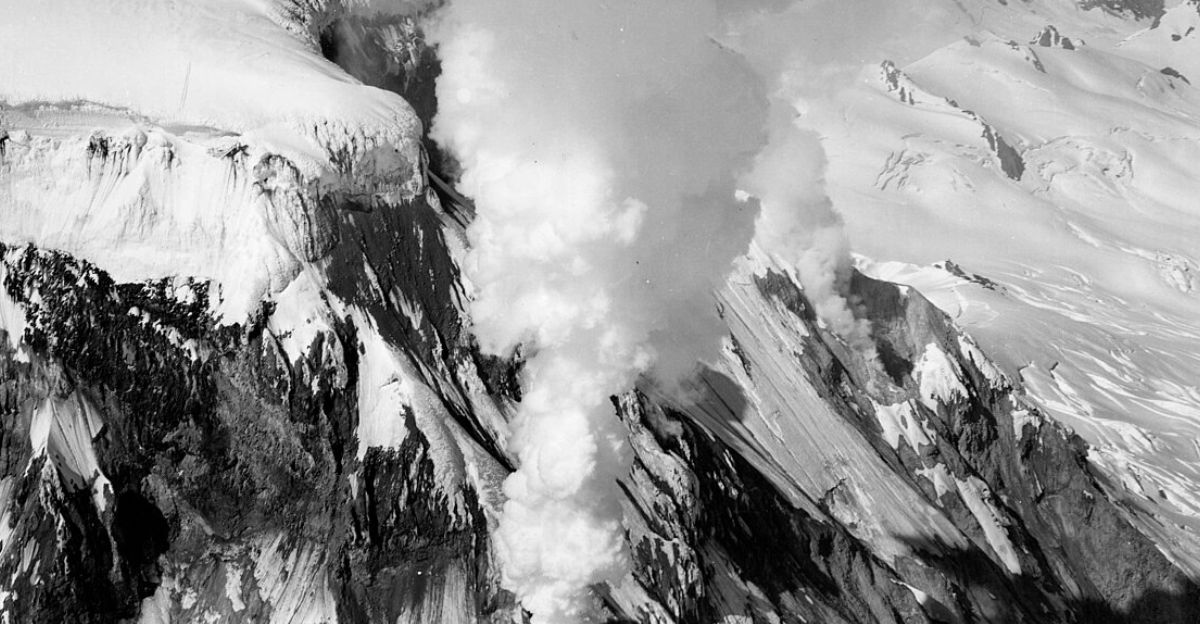
Even though the volcano hasn’t erupted for hundreds of years, the communities in the area haven’t forgotten its raw power and regular practice evacuation drills.
The volcano is about 130 miles southwest of Anchorage and close to several human settlements. If it did erupt, air travel in the region would be halted, and pollute local water sources that both people and animals use.
The Closest Communities
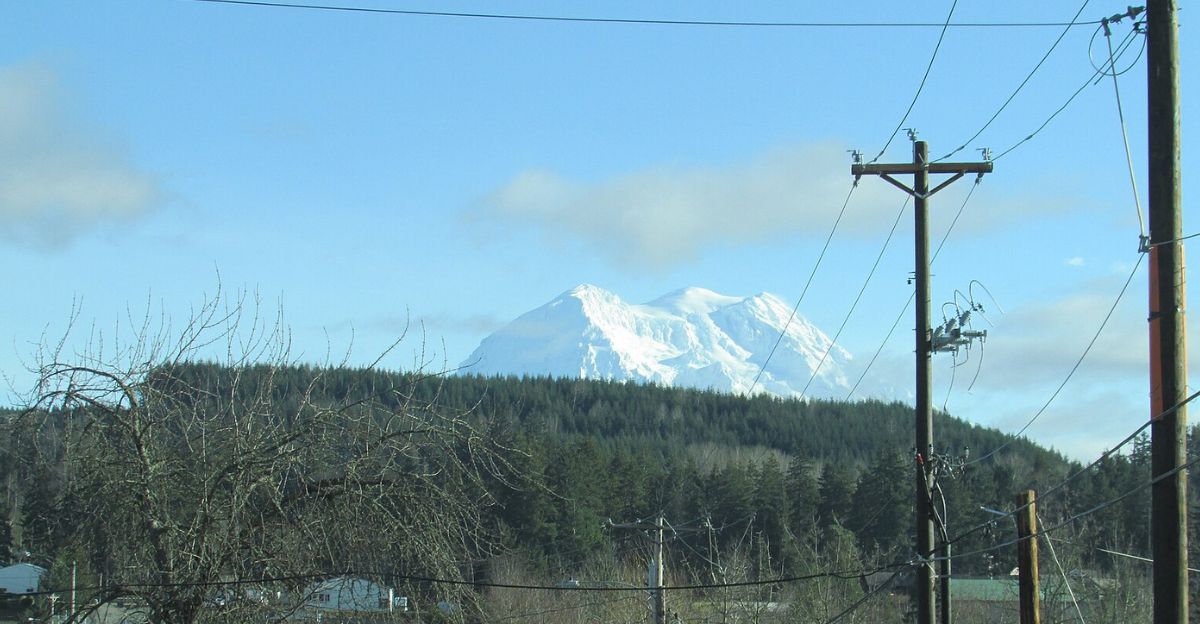
The closest communities are Iliamna, Mount Rainier, and Mount Shasta, and they would be at a large risk if the volcano erupted. There would be serious health implications if contaminated air made its way to the towns.
The residents are urged to be knowledgeable about the evacuation routes and have good communication plans. Efforts are often coordinated in part by USGS and FEMA.
Using Advanced Monitoring Technology
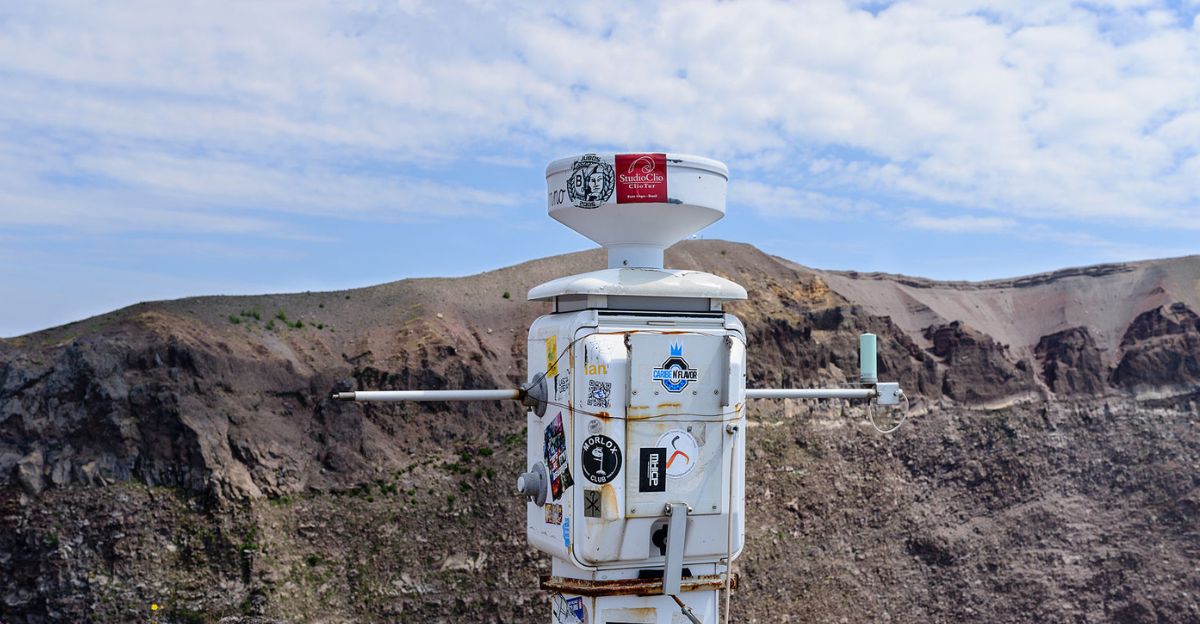
As technology evolves and advances, it can be leveraged in many different fields, including volcano monitoring efforts. Recent advances in satellite monitoring and seismic networks have made early detection of volcanic activity and avalanches much more accurate.
In the event that monitoring tools are damaged or there’s a network outage, personnel can conduct site visits and do maintenance or repair.
Volcanic Hazard Management
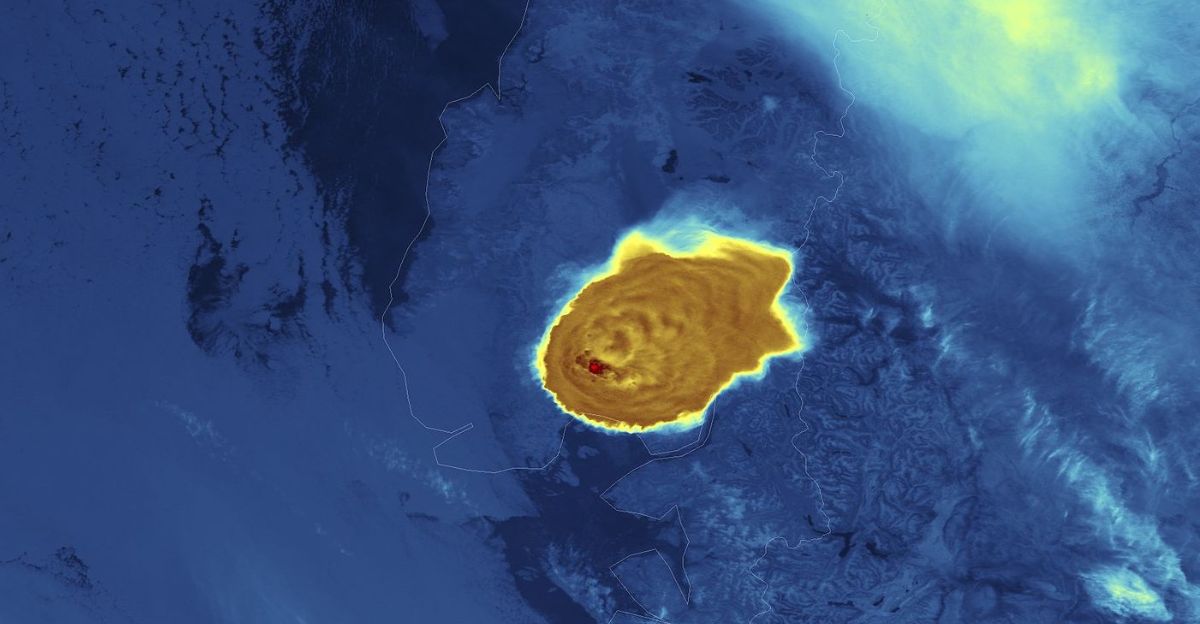
There’s ongoing research on volcanoes and investments in monitoring technology that should arm scientists in the future with even more accurate predictive models. Currently, scientists can look at key indicators that a volcano is preparing to erupt, but the timeline can be weeks or months.
This investment is all in the interest of protecting vulnerable communities and giving them time to prepare and evacuate in the event of an eruption.
Indigenous Knowledge
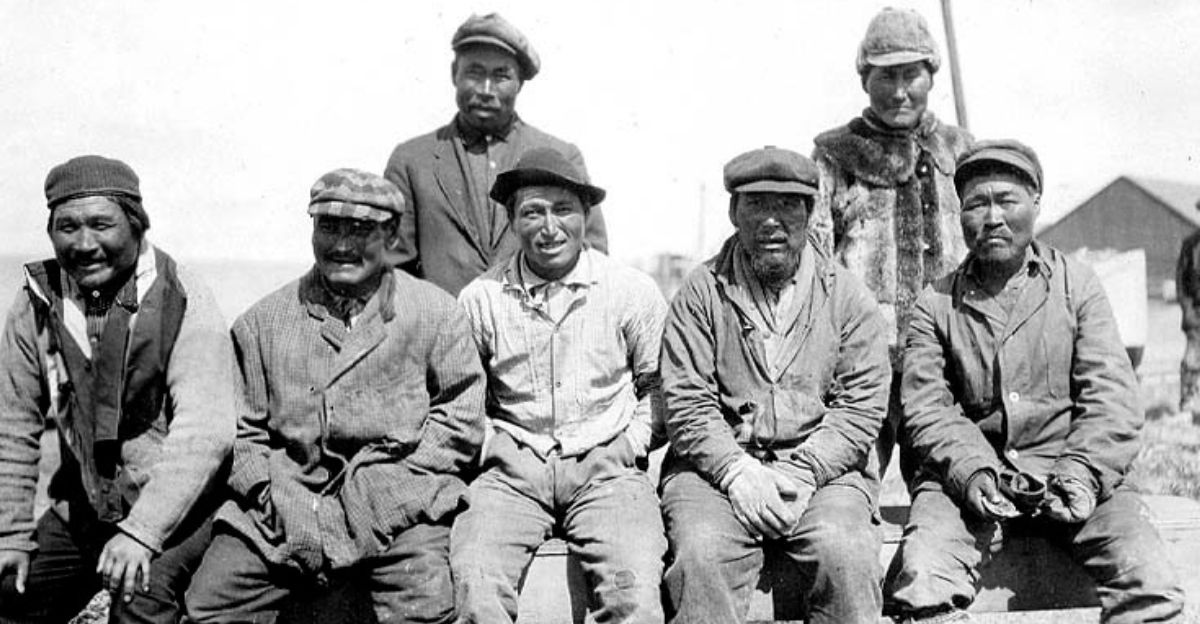
While many newer towns may feel threatened by living in proximity to a volcano, Indigenous people in Alaska and the Pacific Northwest have lived in the shadow of volcanoes for a very long time.
This means that their knowledge and experience can be invaluable to researchers who want to gain insights into past eruptions or natural warning signs.
Environmental Impact
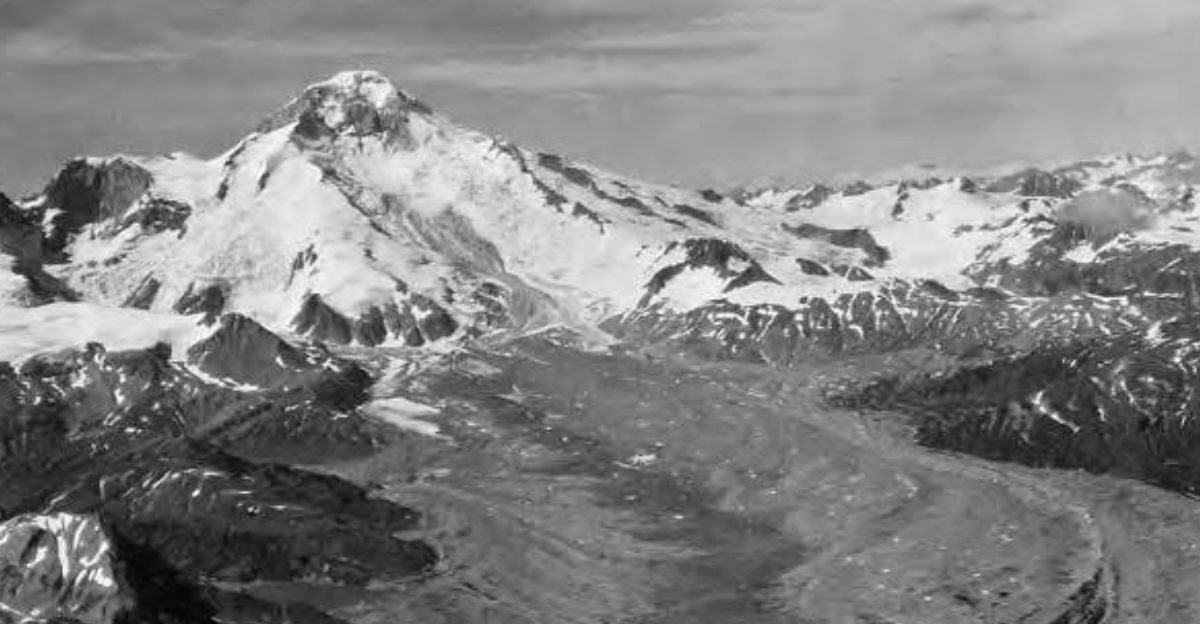
Although Iliamna hasn’t erupted in a long time, its avalanches and fumaroles (holes where volcanic gases pour out of) have an impact on the environment around them.
Aquatic habitats are affected by volcanic gases and debris flows, which can alter river courses. Avalanches themselves can cover and crush anything in their path, presenting a hazard to local wildlife.
The Effect On Aviation
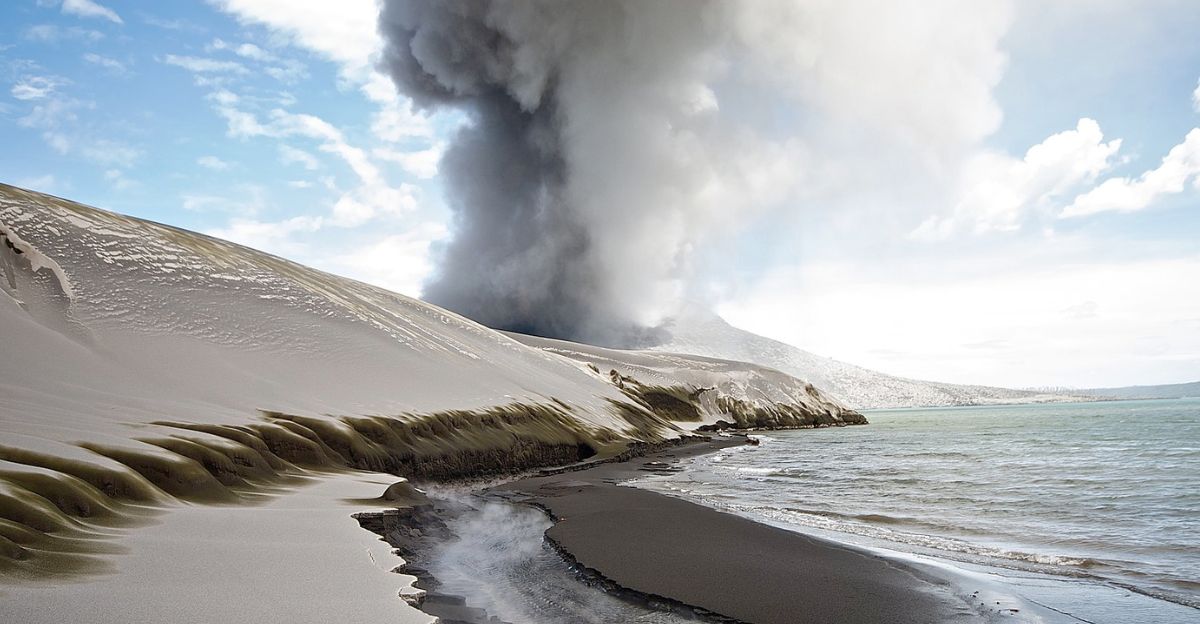
Iliamna is just one of many volcanoes that stand underneath crucial trans-Pacific flight routes. Aircraft chartering routes over the volcanoes can be heavily impacted by even minor ash emissions, resulting in damaged engines or less visibility.
The Alaska Volcano Observatory coordinates closely with aviation authorities to give them a warning if an eruption is imminent.
Alerts
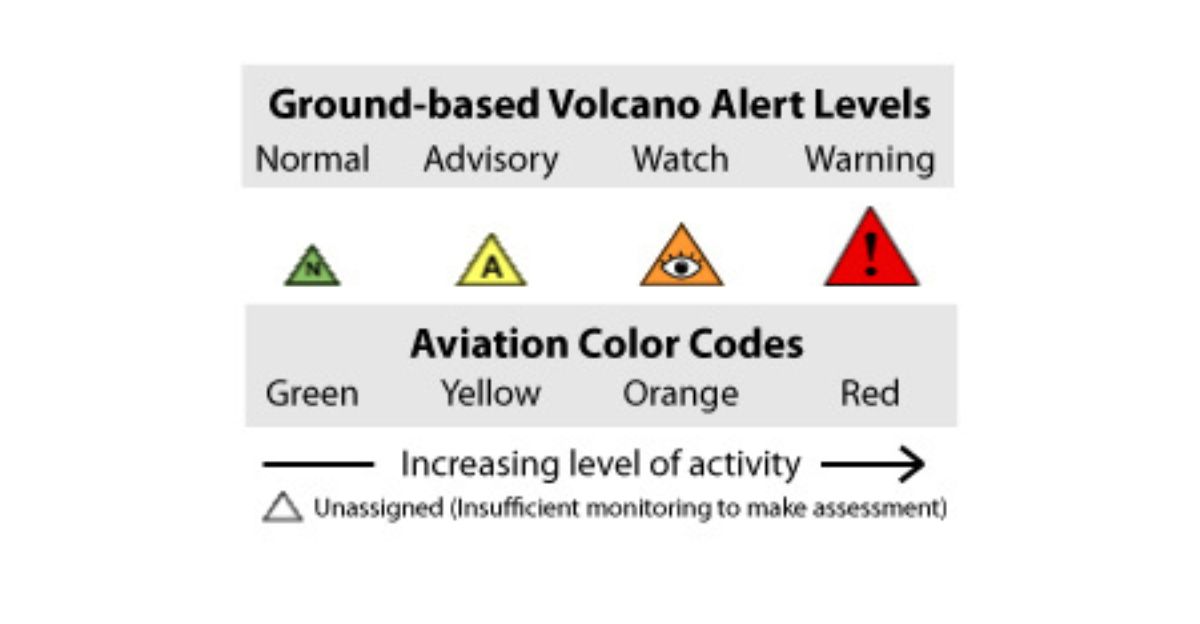
In times when volcanic activity spikes and there is uncertainty about when it may erupt, authorities use a color-coded alert system and provide real-time updates for both the public and emergency agents.
Those in areas effected can see these updates and alerts through social media, radio, and community meetings. Thankfully, volcanic alerts seldom happen in the majority of America.
The Future Ahead
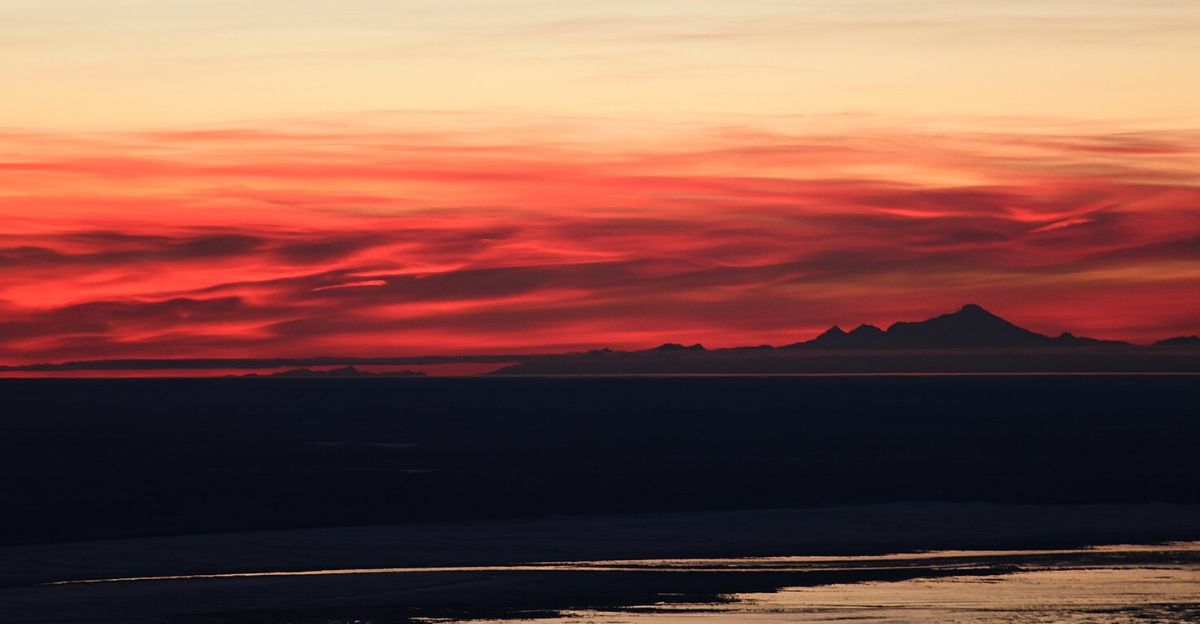
While Iliamna does have hazards associated with its activity, scientists monitoring the volcano have seen no indicators that it might erupt anytime soon, and much of the seismic activity picked up are avalanches rather than other precursors.
Despite this low risk, scientists will continue to keep a watchful eye on Iliamna and other volcanoes that have the potential to impact human settlements, remaining vigilant for when one might wake up.
Uncover more fascinating moments from history — and hit Follow to keep the stories flowing to your feed!

Don’t miss more incredible stories from the past! Tap Follow at the top of this article to stay updated with the latest historical discoveries. Share your thoughts in the comments — we’d love to hear your perspective!

